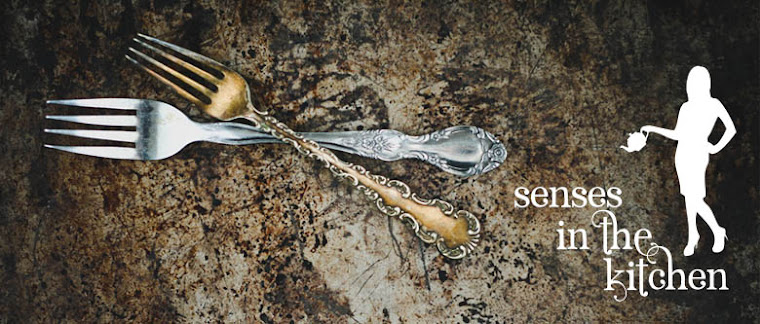The morning and part of the afternoon until lunch break I spent with the guns and after the lunch I joined those who take care of the whole thing, so it goes smoothly. It made me understand how it actually works and why such a number of people who don't shoot is needed. At the same time I was lucky to see and take photos of young deer.


(click the photos to enlarge)
Two the most experienced men, I believe they are called head keepers, took care of everybody was on a right position, and the group move in controlled way, it is important for the number of birds to be scared away from the woods. They use small radios so they can communicate without shouting, the same way they communicate with landlord who looked after the guns.


There are many people who take part of the shooting day, except from guns. There are people with the dogs, who make sure none bird is left behind, but also there are beaters who are very important. They have sticks and when walking across the woods they beat the ground, trees and bushes to scar away the birds. Some of them also have colourful flags that they use to divert birds if they go in the wrong direction (away from the guns).
Guns always wait for the sound of the whistle that means the beginning and the end of the shooting on each drive. We finished last drive around 4 pm, when the night started to get in. I had warm clothes on however I was quite cold, because it was windy and wet on the higher slopes and I found first part of the day with the guns less dynamic than the one with beaters. With the guns I had to wait until landlord sets everybody in the correct positions - nothing really happens until everybody is ready and the whistle goes on. Those on the first positions wait longer and in North Yorkshire, especially on the Pennines slopes in January weather can be quite nasty. This meant that I waited for some time in one position whether with beaters most of the time I was constantly walking and this kept me warm. Yes, the second part was more dynamic so I did not have a change to get cold. I came back home with red cheeks - was it the weather or emotions? Probably both.


What sort of impressions I had after the day of shooting? First of all I assured myself one more time that I like the smell of the gunpowder and guns make me quite excited. I use to shoot bottles using a airgun, I am not an excellent gunman however I love guns and if I could afford I would definitely have one for myself. Would I go shooting if I afford it? I don't know. I am not sure if I could kill an animal. I think it could only be danger or starvation that would make me kill an animal. I admit - shooting is a fantastic social thing and it makes it attractive, however it does not attracts me that much to actually shoot the birds myself. Perhaps the reason for this that I am not a part of English upper class? Let be honest - shooting is upper class, rich people activity, with hundreds of years of history and tradition available only for those privileged.
I was not impressed with the smell of the dead birds, but I have to admit my nose is quite sensitive. The smell is in the air when shoot birds come down to the ground (you have to be careful, they fall down with such a speed that they can make quite a lot damage) and all day long. Even after I had long, hot shower at home I could smell it afterwards. After some time you get us to it, you can still smell it however it is not so irritating.
There is one more thing that I have found attractive in shooting. We live in hard times when our freedom is limited by orders, laws, bans. Anytime we can expect new EU health and safety directive banning dish beef tartare made from raw meat (like very sarcastically stated Niki Segnit) as it is severe danger of death (and we will tell about it our grandchildren along with the one about driving without seat belts on and smoking in the pubs). Shooting day gave me this feeling of old times, when people were free to do whatever they feel comfortable with, like driving without seat belts. The shooting group is on a private estate, landlord makes sure everyone is safe. Nowadays when you cannot simply go to the shop and buy a gun such an entertainment surely makes people feel more liberated. This is what made me feel good about the whole thing.

Lastly few words about the shooting fashion, you can see form the pictures that tweed is the main fabric, also when it comes to the hats. Wellies guarantee dry feet all day long and woollen fancy socks with specific type of bond just under knees keep them warm. Please pay attention to the accessories too: special belts for cartridges or small bags.


































